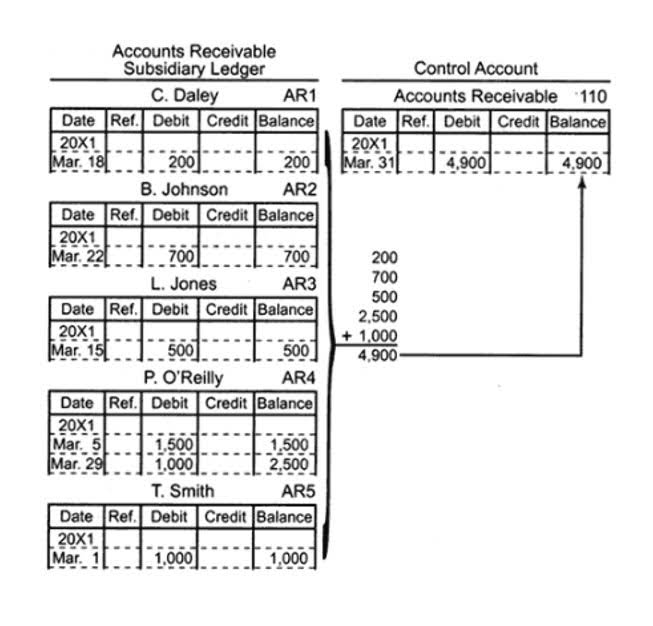Торговые платформы Форекс — отличная возможность проявить себя и заработать стартовый капитал на трейдинг или игры Форекс. Лучшим помощником в успешном трейдинге является качественное программное обеспечение. Собственная разработка компании Forex Club, и один из самых удобных торговых инструментов рынка Forex – торговая платформа Libertex.
Аск и бид, бид и аск: что это и как использовать для трейдинга на бирже
Если цена валюты достигает установленной цены, то сделка будет автоматически открыта по этой цене. Хотя рыночные ордера популярны, многие трейдеры и инвесторы не учитывают связанные с этим риски. Инвестор, использующий рыночные ордера, вряд ли исполнит свой ордер по цене в реальном времени.
Видеообзор: Определяем время сделки и инвестиции
Он доступен в платформе bid ask это ATAS и отображается под областью цен. Этот индикатор показывает объемы маркет-покупок (сделки по аск) и маркет-продаж (сделки по бид) для каждой свечи. Самый популярный индикатор для оценки бид и аск – это индикатор глубины рынка Depth Of Market (DOM). Для его работы требуется подключение к бирже, которая транслирует эти данные, они называются Level II. Эффективная навигация включает мониторинг трендов цен bid и ask, использование лимитных ордеров и учет глубины рынка. Кроме того, избегание распространенных ошибок и адаптация к изменяющимся рыночным условиям являются ключевыми для успешной торговли.
Как использовать информацию о бид и аск в трейдинге
Как правило, это говорит о большом числе продавцов и покупателей. Одни хотят как можно быстрее избавиться от актива, другие — как можно быстрее его купить. Заработок на ценах продажи и покупки здесь имеет второстепенную роль.
На практике разница между Bid и Ask на форекс может составлять от 0,1 до 100 пунктов. Спред между ценами bid и ask — это разница между ценами bid и ask. Это представляет собой транзакционные издержки и прибыльность сделки. Кроме того, роль маркет-мейкеров и электронных коммуникационных сетей (ECN) также может влиять на спред между ценой покупки и продажи.
- Рыночная волатильность часто приводит к увеличению спреда между ценами покупки и продажи из-за возросшей неопределенности и риска.
- Цена Bid на Форекс — это цена, которую готов заплатить покупатель за то, чтобы приобрести финансовый инструмент.
- Активные трейдеры предпочитают использовать краткосрочные стратегии инвестиций, зависящие от узких спредов на цену открытия и закрытия.
- Этот вид характеризует работу банков и брокеров ECN на бирже.
- С тех пор основы рыночной торговли поменялись мало, валютный рынок форекс так же оперирует двумя видами цен – Ask и Bid.
Красочным примером кристально чистых рыночных отношений можно назвать торг на рынке. Каждый участник торгов хочет осуществить сделку на своих условиях. Торговая операция же совершается на цифре выше или ниже которой подавать просто невыгодно. Спред — это разница между лучшей ценой покупки (Bid) и продажи (Ask). На ликвидных активах он минимален, на экзотических парах — расширяется до неприличия. Трейдеры платят спред при каждой сделке — будто скрытый налог, который забирает биржа.
Что такое бид, аск и спред (bid, ask, spread)
- Сегодня мы выясним, что такое Бид и Аск на Форексе, и как эти цены влияют на торговый процесс.
- Этот разброс формируют не брокерские конторы и даже не биржа.
- Цена bid, или бид, играет важную роль в мире торговли на бирже.
- Присоединяйтесь к Morpher, революционной платформе, использующей технологию блокчейн для переосмысления инвестиций.
И для котировок, выставляемых Вам, правило «купить дешевле – продать дороже» не действует. График цены Bid изображается красным цветом, а график Ask — синим. Обычно величина спрэда для популярных валют составляет несколько пунктов.
Если никто из них не согласится пойти на компромисс, сделка не произойдет. Аналогичную картину можно увидеть при торговле на форекс и других финансовых рынках – при открытии сделки всегда фигурируют две цены, так называемые бид и аск. Продажа — Бид (Bid) — наиболее выгодная цена продажи валютной пары в момент выставления ордера, является самой высокой, на которую существует спрос у потенциальных покупателей.
Наблюдая за ценами покупки и продажи по множеству активов, трейдеры могут оценить рыночные настроения и принимать более обоснованные решения. Таким образом, покупатель взвинтил своими действиями цену на яблоки, а ты узнал, как формируется цена на рынке. Чем больше объем сделки и чем меньше ликвидность актива, тем заметнее будет изменение цены. Лимитный ордер на покупку (Buy Limit) выставляется по цене, которая ниже текущей рыночной.
А между прочим, анализ бидов и асков может быть очень полезен при определении разворотов цены, как вы увидите ниже. Покупая валюту в банке, мы видим, что цена, по которой мы ее приобретаем всегда выше цены, предлагаемой нам банком, если он приобретает валюту у нас. Не надо иметь большую сообразительность, что бы понять, что таким образом банк зарабатывает на обменном курсе.
Ask, Bid, spread и стакан заявок
А значит, и спред (по-другому ценовая разница) сужается. Маркетмейкеры обеспечивают ликвидность, сужая спред между ценами bid и ask и повышая эффективность https://eduforex.info/obuchenie-chto-takoe-bid-i-ask-bid-i-ask-na-foreks-html/amp/ рынка. Они принимают на себя ценовой риск, будучи готовыми покупать или продавать активы по своим котируемым ценам.
Цена предложения или цена продавца (Аск, от англ. Ask; запрашиваемая цена) — цена по которой продавец готов продать товар (валюту, акцию и прочее). Это цена спроса или максимальная цена, по которой покупатель согласен купить товар. Покупатель не хочет покупать дорого — это логика закона спроса и предложения. Зная разницу между аском и бидом, трейдеры могут оценить текущую ситуацию на рынке и принять решение о покупке или продаже активов. Чем меньше спред, тем больше ликвидность рынка и меньше потеря средств при совершении сделки.
Когда цена достигает уровня размещения ордера Buy Limit, сделка автоматически исполняется, и вы покупаете доллары США по желаемой цене. Bid представляет собой максимальную цену, по которой трейдер готов выкупить актив. Определяющими факторами для показателя выступают соответственно спрос и предложение на торговой платформе. Минимальная цена, за которую продавец готов реализовать актив, носит название Ask.
Мы рекомендуем вам посмотреть наш независимый рейтинг Форекс брокеров с подробным описанием торговых условий и реальными отзывами трейдеров. Аналитика и прогнозы — это основные факторы, на которые должен ориентироваться трейдер при принятии торговых решений. Прогнозы можно составлять самостоятельно, на основе новостей, а можно знакомиться с готовыми экспертными оценками того или иного факта. Если самостоятельная торговля кажется трейдеру слишком обременительной, он может воспользоваться услугой «доверительное управление капиталом».
Если цена инструмента достигнет уровня Stop Loss, позиция полностью закроется автоматически. Такой ордер всегда связан с открытой позицией либо с отложенным ордером. Take Profit — тип ордера, предназначенный для закрытия позиции согласно правилам исполнения лимитных ордеров. Используется для получения прибыли при достижении ценой актива прогнозируемого уровня. Шорт (Short, короткая позиция) — открытие позиции на продажу. Основанием для открытия короткой позиции является ожидание снижения цены актива.




